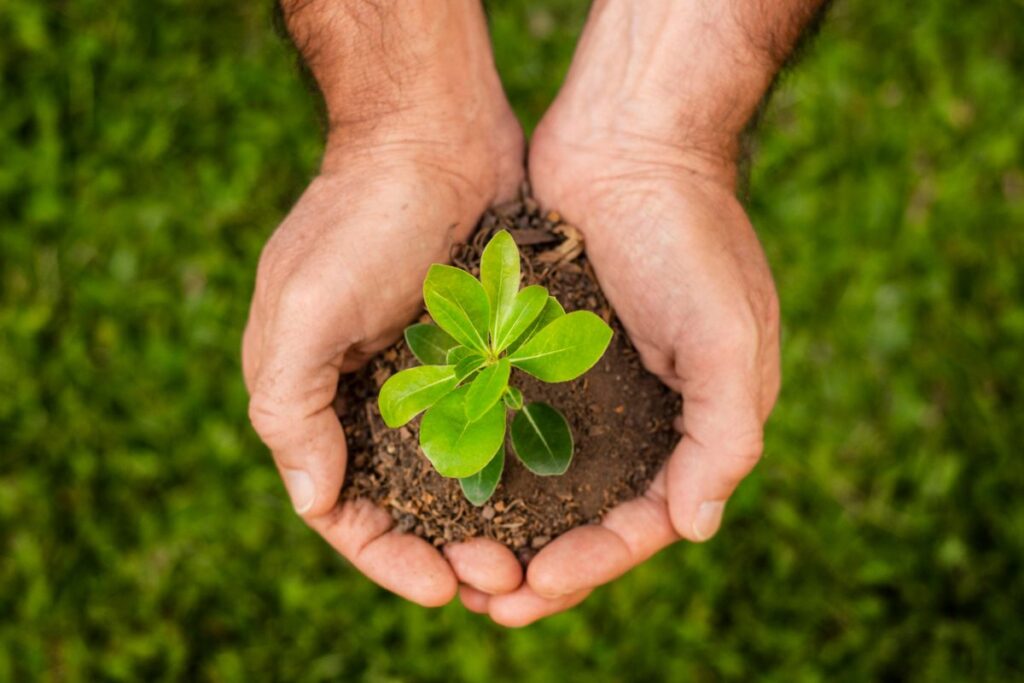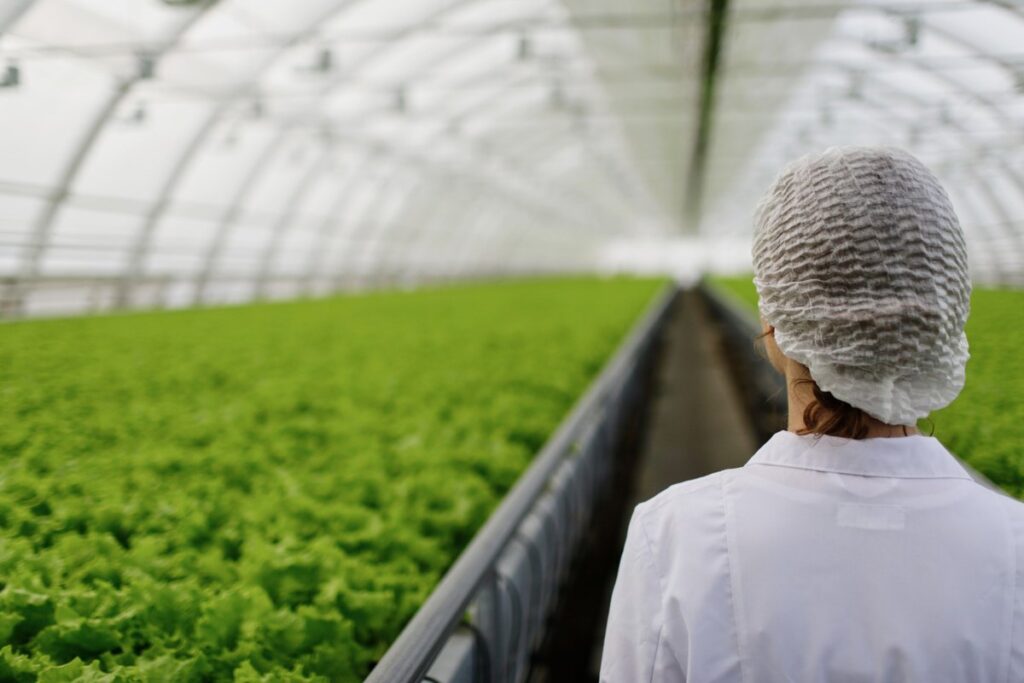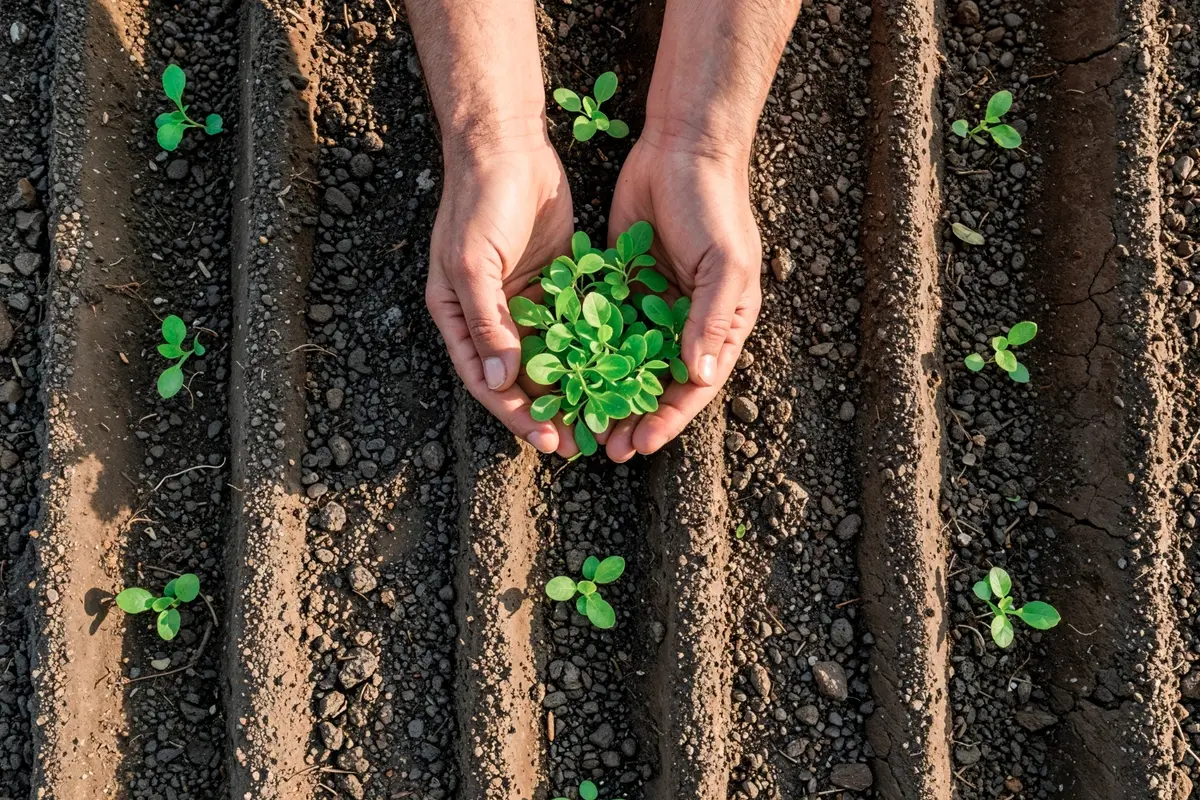Sustainable agriculture is a comprehensive farming approach that aims to fulfill the present requirements for food, fiber, and other agricultural goods, all while enabling the long-term well-being and sustainability of agricultural systems and the environment. It encompasses techniques that minimize adverse effects on natural resources, foster ecological balance, and bolster the economic viability of farming operations.
Sustainable agriculture integrates environmental, social, and economic considerations to create resilient, productive, and eco-friendly farming systems. By embracing the advantages of sustainable agriculture, farmers, communities, and societies can work towards a more sustainable and equitable future for agriculture and food production.
However, there are also challenges associated with sustainable agriculture, particularly when it comes to the intricate process of shifting from traditional farming practices. Balancing the advantages with the disadvantages is crucial for realizing the full potential of sustainable agriculture in promoting food security, environmental sustainability, and rural development. In this article, we will discuss all the advantages and disadvantages of sustainable agriculture in detail.
Table of Contents
Advantages of Sustainable Agriculture

1. Environmental Conservation
Sustainable agriculture has a major benefit when it comes to taking care of the environment. Techniques like crop rotation, cover cropping, and conservation tillage play a role in enhancing soil health, preventing erosion, and minimizing the use of synthetic fertilizers and pesticides. By promoting soil fertility and biodiversity, sustainable agriculture contributes to the preservation of ecosystems and the protection of natural resources such as water and air quality.
2. Resource Efficiency
Sustainable farming focuses on using resources efficiently, like water, energy, and inputs. Methods like drip irrigation, rainwater harvesting, and integrated pest management are used to minimize waste and lower environmental impact. By maximizing resource utilization, sustainable agriculture boosts the resilience of farming systems against climate change and extreme weather conditions.
3. Climate Change Mitigation
Sustainable agriculture is essential for mitigating climate change as it helps sequester carbon in the soil and plants. Techniques like agroforestry, cover cropping, and conservation agriculture are effective in absorbing and storing carbon dioxide from the air. This not only reduces greenhouse gas emissions but also helps protect agriculture from the adverse effects of climate change.
4. Improved Soil Health
Sustainable farming methods play a crucial role in maintaining soil health. They work towards improving soil structure, fertility, and biological activity. By implementing techniques like composting, crop diversification, and reduced tillage, farmers can increase the organic matter in the soil. This, in turn, enhances its ability to hold water, retain nutrients, and withstand erosion and degradation. Ultimately, healthy soils are vital for ensuring long-term agricultural productivity and preserving ecosystem services.
5. Biodiversity Conservation
Sustainable farming helps protect and improve biodiversity in the air and soil. By using different types of crops, practicing agroforestry, and restoring habitats, we can provide homes for helpful insects, pollinators, and wildlife. This helps maintain a healthy ecosystem and balance in nature. By conserving biodiversity in agricultural areas, we can also reduce the need for chemicals by improving pest control, pollination, and natural resistance to pests.
6. Healthier Food and Water
Sustainable agriculture is all about promoting the production of healthier and safer food. It achieves this by minimizing the use of synthetic chemicals and pesticides. Take organic farming practices, for instance. They prioritize natural inputs and biological pest control methods, which leads to reduced chemical residues in our food and better health outcomes for us humans. On top of that, sustainable agriculture also plays a crucial role in protecting water quality. By minimizing runoff and pollution from agricultural activities, we ensure that our water resources are safeguarded for future generations to come.
7. Adaptation to Change
Sustainable farming is all about creating resilience in the face of environmental, economic, and social challenges. It does this by diversifying production systems, conserving natural resources, and promoting innovation and adaptability. By embracing diversity and flexibility, sustainable agriculture enables farmers to adjust to shifting market conditions, consumer preferences, and climate changes. This not only reduces vulnerability but also improves long-term sustainability.
8. Policy Support and Institutional Collaboration
The acknowledgment of the advantages of sustainable agriculture is gaining momentum, resulting in more backing from policies and collaborations among various institutions at different levels – local, national, and global. Governments, research institutions, NGOs, and private sector entities are working together to encourage sustainable farming methods, offer technical guidance and financial incentives, and establish favorable policy frameworks that facilitate the shift towards sustainable agriculture.
Disadvantages of Sustainable Agriculture

1. Transition Period
Switching from traditional farming methods to sustainable agriculture can pose difficulties and take up a lot of time. Farmers might have to attend training sessions, learn new skills, and put money into upgrading their infrastructure and resources to adopt sustainable practices successfully. This shift could cause temporary disruptions in farm activities and revenue flow.
2. Yield Variability
Sustainable farming practices typically focus on maintaining soil health and ecological balance for the long term rather than solely focusing on maximizing immediate crop yields. This can lead to fluctuations in crop production, especially when farmers are first transitioning to sustainable methods. Although sustainable agriculture aims to improve productivity over time, the variability in short-term yields can present financial challenges for farmers who depend on consistent crop yields for their income.
3. Higher Labor Requirements
Sustainable farming practices like manual weed control, crop rotation, and integrated pest management often need more hands-on work than traditional farming methods. This extra labor can be tough for farmers, especially if they’re short on workers or used to using machines. Plus, the higher labor costs might make it harder for sustainable agriculture to thrive, especially in areas where finding cheap labor is tough.
4. Market Challenges
As more and more consumers look for agricultural products that are produced sustainably, farmers may find it difficult to access markets for these goods. Certification processes, labeling requirements, and market access barriers can make it complicated and costly for farmers to sell their products in specialized markets. Additionally, some consumers may not be willing to pay higher prices for sustainably produced goods, which can limit the financial benefits for farmers who want to embrace sustainable practices.
5. Risk of Reduced Productivity
Sustainable agriculture focuses on improving soil fertility and the resilience of ecosystems in the long run. However, it’s important to acknowledge that certain sustainable practices might temporarily decrease productivity. Take organic farming, for instance, which could initially yield lower crop outputs compared to conventional methods, especially in areas with intense pest or disease issues. To mitigate these risks, farmers must diligently handle them by selecting suitable crops, implementing effective soil management techniques, and employing adaptive management strategies.
6. Complexity and Knowledge Requirements
Implementing sustainable agriculture practices effectively requires a deep understanding of ecological principles, soil science, agronomy, and other disciplines. Farmers may need to invest time and resources in acquiring this knowledge, along with continuously monitoring and adjusting their practices to ensure the success of sustainable farming systems. However, this can be difficult for farmers who lack access to education, extension services, or technical assistance.
Conclusion
In conclusion, despite the challenges and disadvantages associated with sustainable agriculture, its benefits far outweigh these concerns. While there may be some initial obstacles like increased labor demands, unpredictable yields, and market difficulties, sustainable agriculture provides long-term advantages that are vital for the future of farming and the environment. By prioritizing soil health, biodiversity, efficient resource usage, and resilience to climate change, sustainable agriculture guarantees the ongoing productivity of agricultural systems while preserving natural resources for future generations.








I’m gone to tell my little brother, that he should also visit this website on regular basis to get updated from latest news.